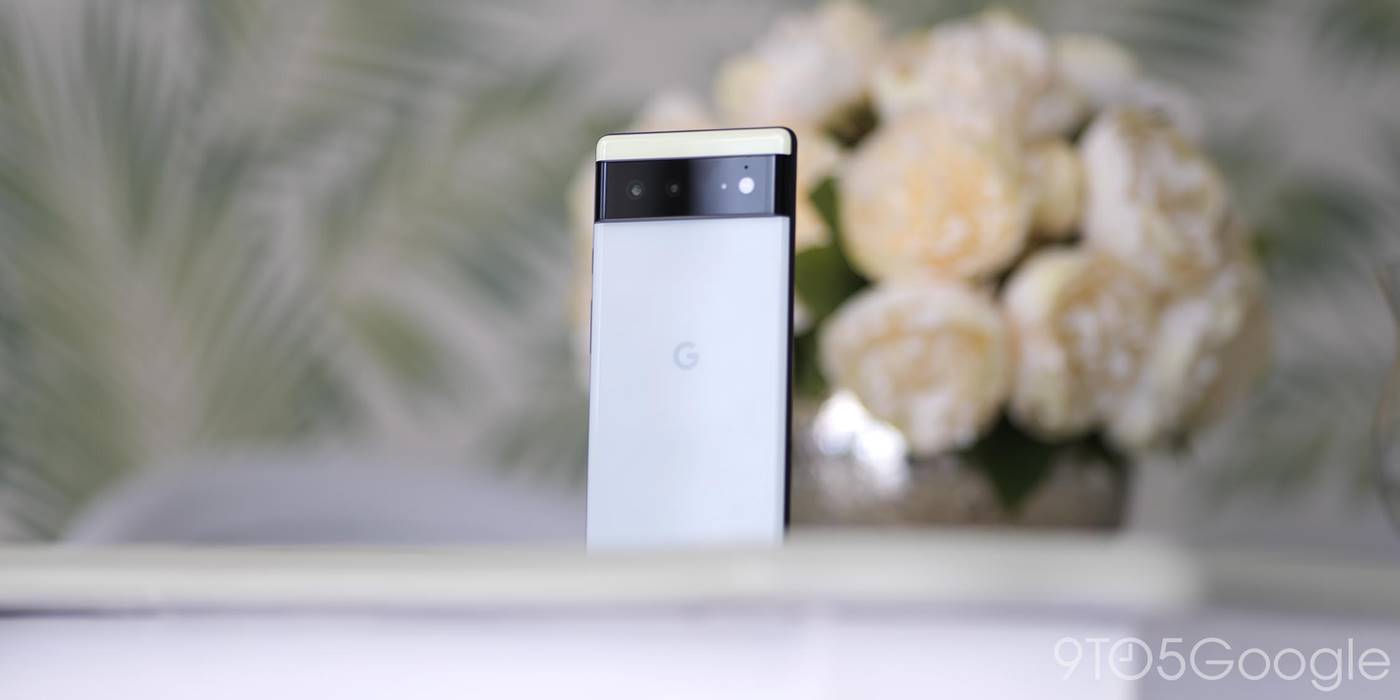
Some six or so months after launch, we’re taking another look at what the Pixel 6 has done right and wrong in our long-term review of the entry-level Made by Google flagship phone for 2021 and most of 2022.
We’ve looked back at the Pixel 6 Pro, which is superb in its own right. That said, the regular model is arguably the one to look at for most people interested in picking up one of Google’s flagship phones this year. Having lived with the device day-in-day-out for the better half of a year, this is our long-term review of the Pixel 6.
Table of contents
Video — Pixel 6 long-term review
Thanks to Casetify for sponsoring 9to5Google on YouTube!
Design and hardware
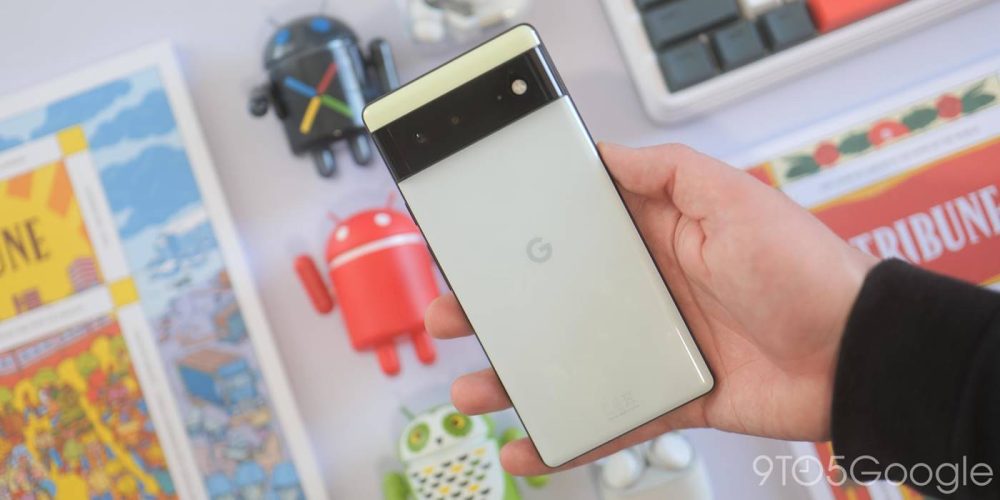
The biggest outright compliment I can pay the Pixel 6 is that when using another review device or testing out another Android phone, I am always itching to get my SIM back in the Pixel. I’d love to say that it’s the fusion of prior Pixel designs that have me clamoring to get back, in reality, it’s the combination of the flat screen and matte side rails.
I’m often using the Pixel 6 without a case — but with a screen protector fitted — and it’s those two things that make it such a comfortable phone to use on a day-to-day basis. That’s important as coming from the Pixel 4a (my main device for the majority of 2020), the Pixel 6 series wholesale is a big change in terms of usability. Small phones are seemingly off Google’s product roadmap moving forward for better or worse.
You’re also offered bolder, playful, and distinctly more “Googley” colors than the larger premium model. Although I do have a case, I prefer to use the phone without because I get to admire the stunning Sorta Seafoam color, which is much more muted than I had originally expected it to be. It almost looks blue in certain lighting conditions. I do often cast an envious glance at the Kinda Coral model and then wonder if I made the right color choice.
Despite a divergence, it feels more in line with previous generations than the Pro. The Pixel 6 lacks the overly curved edges and sides that I lamented in my long-term review of the Pro, and overall, it’s just more approachable because of that. It’s heavy though, that is one of my only major criticisms of the design. It’s only three grams lighter than the 210g Pixel 6 Pro. It’s a slab but a comfortable one at that.
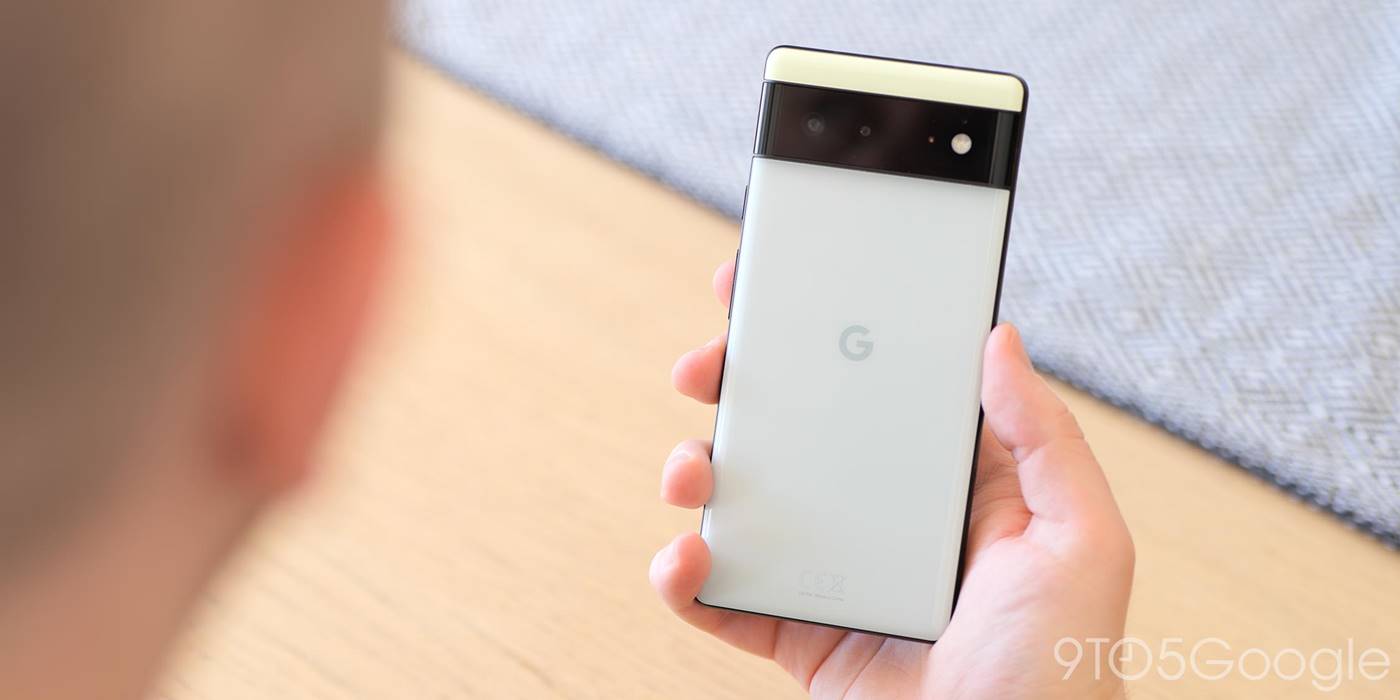
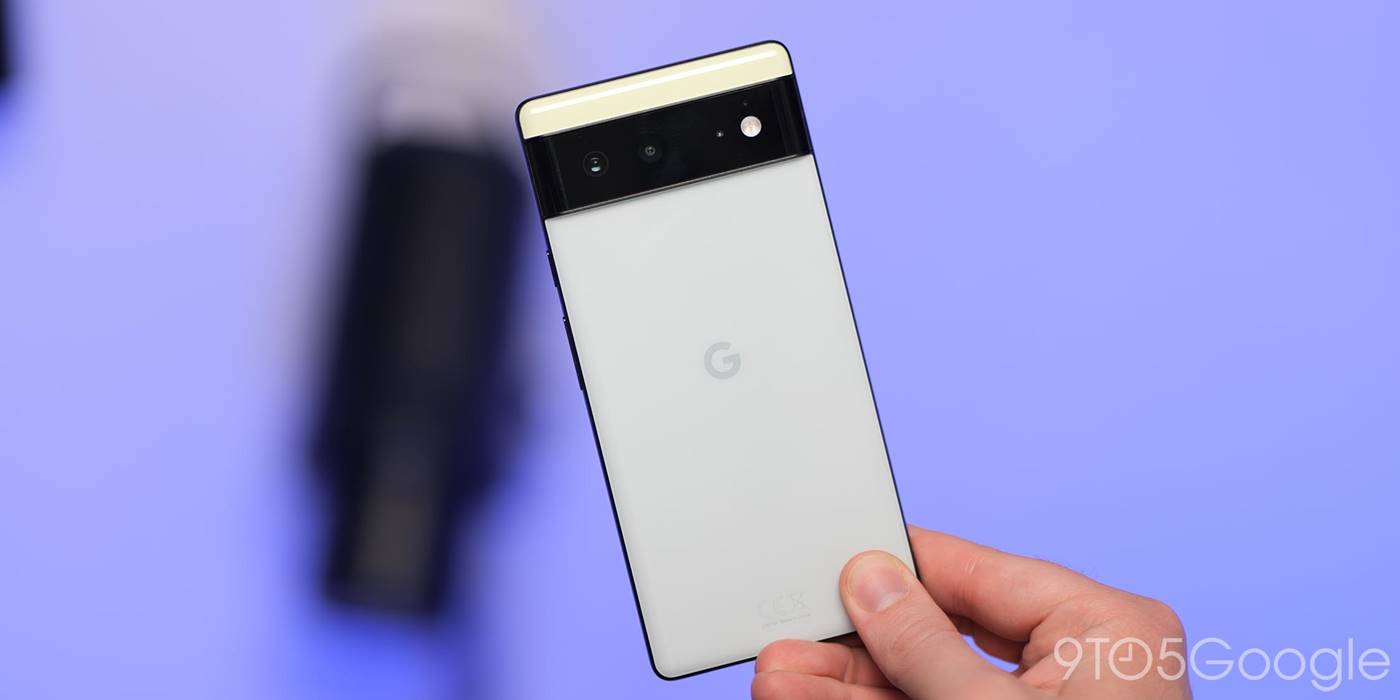
I can’t give the build quality a complete seal of approval as I have had my retail unit replaced due to a slight mishap. After leaving my phone on a table near a heater (not on or directly in front of I hasten to add), the top back glass portion of my Sorta Seafoam model came loose. The adhesive likely softened, but kudos to Google Store support for solving this for me.
Because the Pixel 6 Pro is such a behemoth, the Pixel 6 at just a few millimeters smaller feels positively dinky. Make no mistake though, this is a large smartphone that almost needs two hands to properly manage. At 6.4 inches, the FHD+ panel is clean, sharp, and has deep inky blacks that help elevate almost all video content.
Most importantly, it’s flat. That means great viewing angles, easier handling, and better edge detection for your taps, swipes, and touches. I can deal with the 90Hz refresh rate as it heightens the smooth Android 12 experience, but I’d be lying if I didn’t often wish it was as smooth as the 120Hz Pixel 6 Pro panel. Then I realize that I’m not frustrated enough to give up a flat-screen and make peace with my decision.
The fingerprint scanner was initially a source of frustration for me, working around seven out of 10 times I tried to unlock my device. I had no such issues with the Pro model, but the delisted December 2021 update resolved my scanner problems, and while it’s slower than I would like, it’s reliable unless my thumb is greasy or wet. I have still registered my thumb multiple times on both hands to ensure the unlock process remains seamless and it’s something I highly recommend.
Vibrations and haptics are a small step down over the Pixel 6 Pro but still superb. While the speakers are not quite the return to form that I had personally hoped for. They are fairly solid but don’t quite hit the same heights as the Galaxy S22 series. I’d like the speakers to get a little louder but overall I can’t complain too much as they’re great for watching and consuming content.
Software and performance
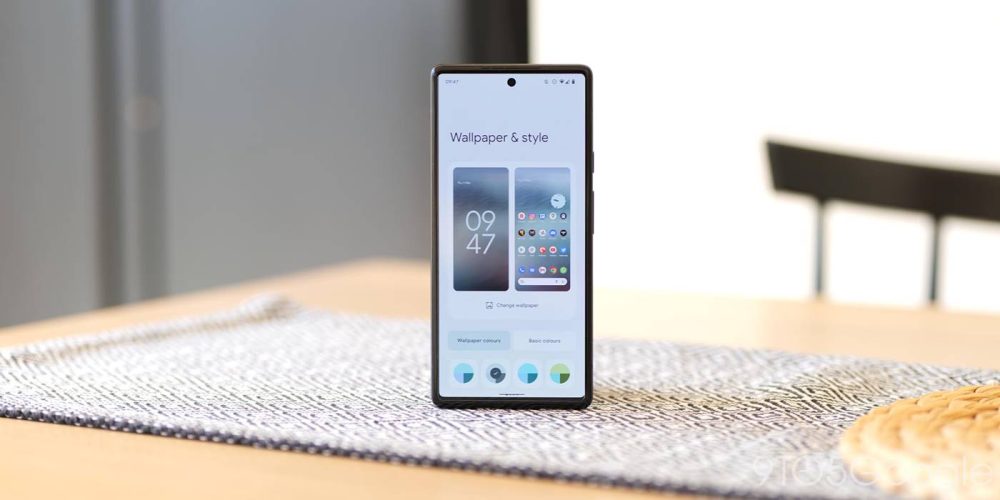
Android 12 has been a fairly divisive upgrade according to the online tech community, but it feels tailor-made for the Pixel 6 series. The changes result in something unlike previous Android releases and that certainly suits the Pixel 6 and 6 Pro as two of the most important devices in the series to date.
A number of massive bug-fixing patches have been released since launch and lingering problems now appear to be under control. Material You has many alterations and tweaks that make a lot of sense for a smartphone operating system that has seen little real major change since the Pixel 3.
A wallpaper-based theming system is something that certainly makes a phone feel “yours,” but the omission of several popular customization features like fonts and icon shapes is something I really hope will return in the future. It took me a little while to get used to Android 12 but it’s an excellent experience and reinvention of what a Pixel should look and feel like when in use.
Simply switching out your wallpaper is enough to change the look and feel of your entire system, it helps keep things fresh, and I’m often trying to find the perfect wallpaper just to fit the way I’m feeling at a specific point in time. Seeing all of your widgets, apps, keyboard, and little OS intricacies alter is sublime, and I’m excited to see it develop further with every upcoming Android build. Although I would love more tuning catered toward the red end of the spectrum as the color can be more muted in my experience than many other hues.
Much was made of the capabilities of the Google Tensor processor ahead of launch but at no time since then have I felt disappointed, frustrated or inhibited about what it is capable of. Even side-by-side with other flagship Android phones utilizing the Qualcomm Snapdragon 8 Gen 1, Tensor hangs in there well. I can’t say with any certainty how it will fare in the long-term, but I’ll likely revisit this review should the Pixel 6 performance levels start to wane.
Everything I would ordinarily do on a smartphone is catered for and even when I decide to play some mobile games, it’s a very pleasant experience. Raw performance is not a core tenet of Tensor, but the other benefits such as stupendously accurate voice typing and better processing times for images courtesy of the Pixel Neural Core feel very much like Google focus points. The kind of things that wow a non-tech person more so than someone who knows the difference between the Qualcomm Snapdragon 888 and 8 Gen 1.
In truth, I’m just happy I was vindicated in stating that not having the best processor but one that can handle the Pixel’s daily needs is more important for the Tensor chip. After a solid entry, Google can now start to flex its muscles in the mobile chipset space after proving its first-generation effort is viable for modern smartphones.
Camera
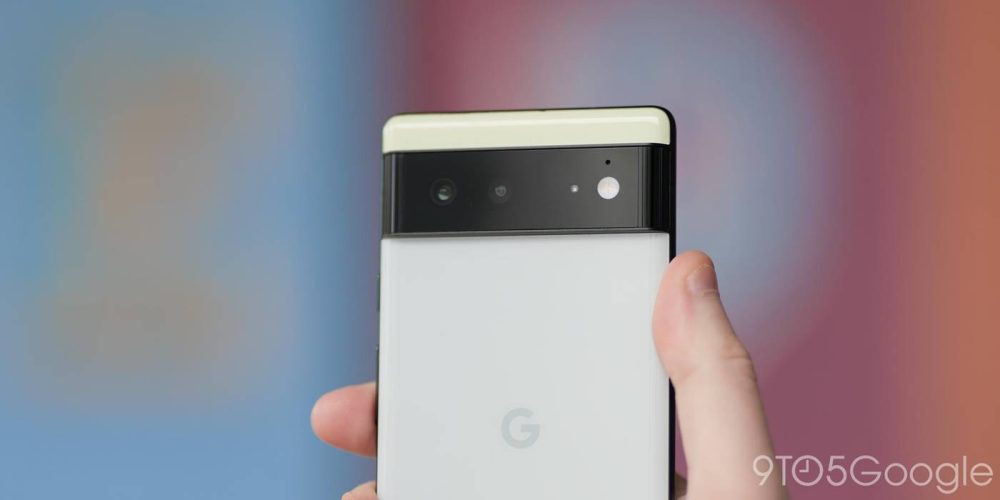
Tensor offers the power that the Pixel 5 series was missing, but it’s the leap to a 50-megapixel ISOCELL GN1 that, in my opinion, has been the biggest and most important upgrade on the Pixel 6. Despite my protestations, the differences might not be quite as stark as you would have expected given the immense sensor size leap.
50-megapixel shots are pixel-binning down to 12.5-megapixels. Look a little closer or compare directly to older models and you’ll start to see important improvements. The Pixel series has never struggled in many lighting conditions, but the boosts make for sharper, more detailed shots out of the main sensor.
There is a minor over-sharpening issue that I noticed maybe once every so often, but this feels like a remnant of the processing algorithm trying to account for the smaller Sony IMX363 sensor found on older models. For what it’s worth, I had this issue for a few months, but it has become less prevalent recently. This could be due to a Google Camera app update, but, if I’m honest, I’m not entirely sure.
I’m always happy with the images from this dual-camera system, but it’s important to note that the ultra-wide is a step down over the main wide lens. Things are much softer and in many cases duller, but it’s still a good ultra-wide shooter to have at your disposal. I don’t want to lament the omission of a telephoto zoom lens here too much either, as I’ve come to terms with it somewhat over the past few months. On the other hand, I would have preferred a setup similar to that of the Pixel 4, but I would likely be in the minority there I’m sure.
It would have been almost impossible for Google to put a 4x telephoto on the Pixel 6 and keep the price under $600. As much as it’s a poor substitute, the digital crop doesn’t ruin images too drastically if you stay below the 3x range and let Super Res Zoom take care of the rest. Beyond that range and things start to fall apart quite drastically.
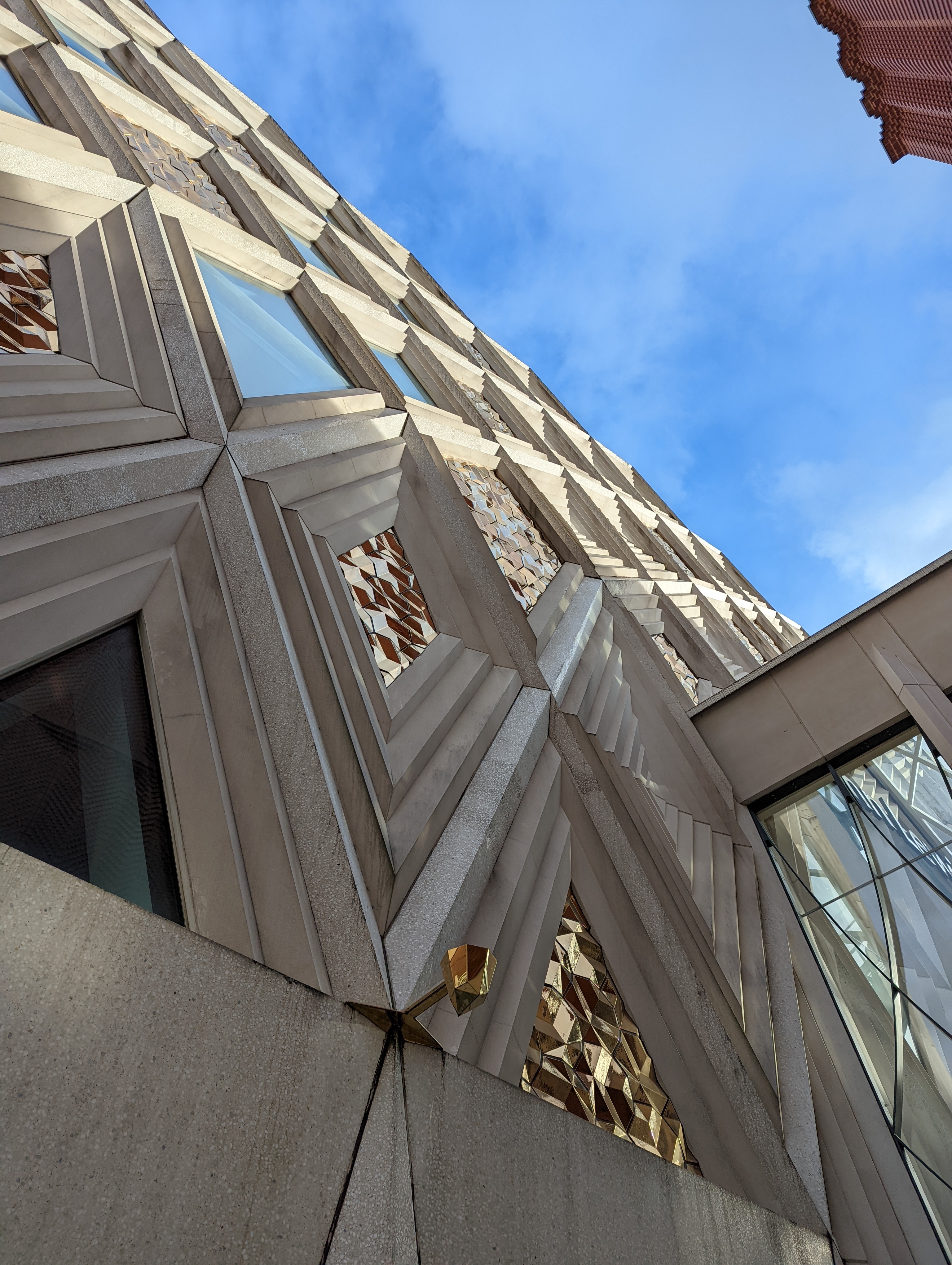

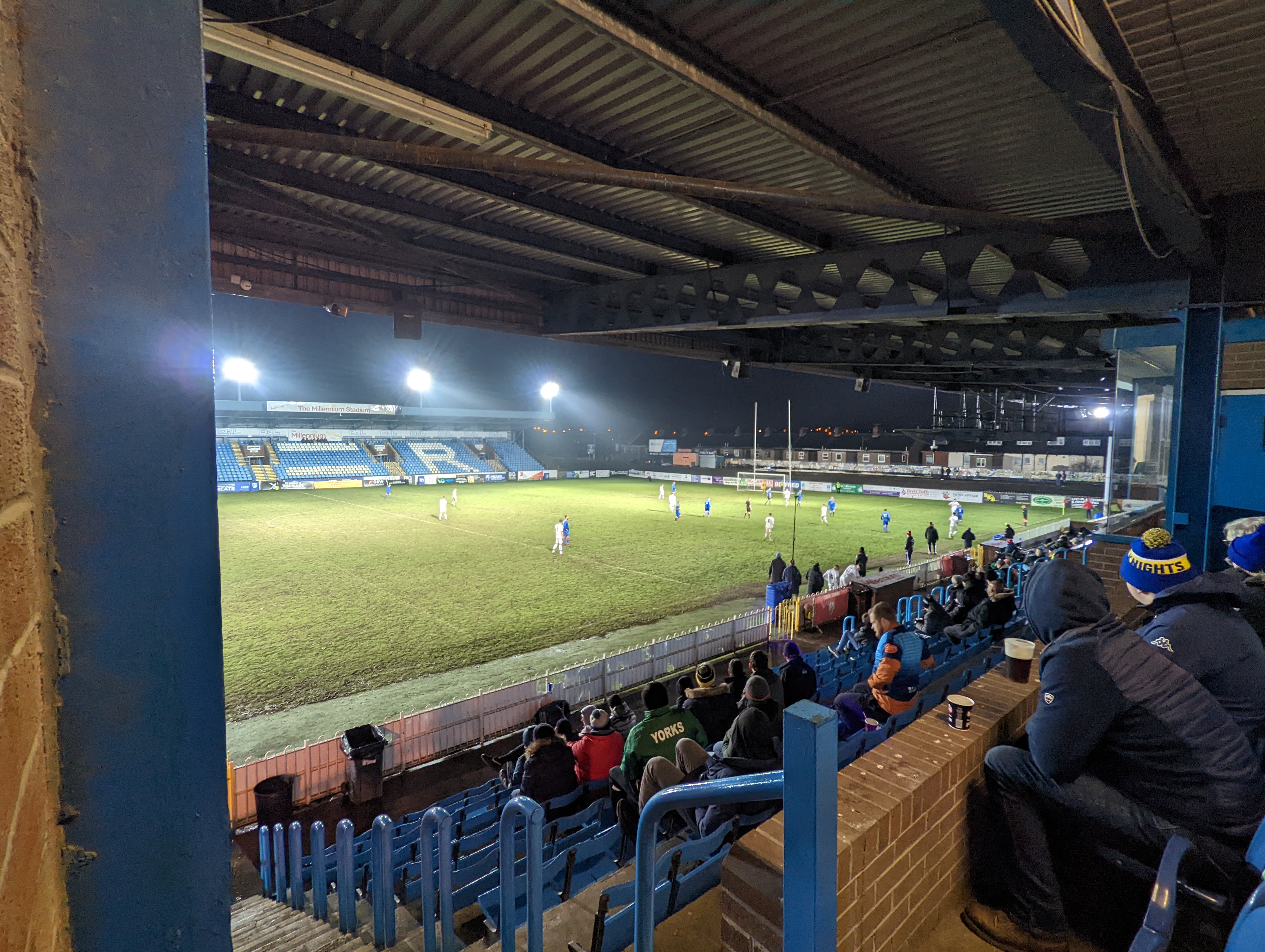


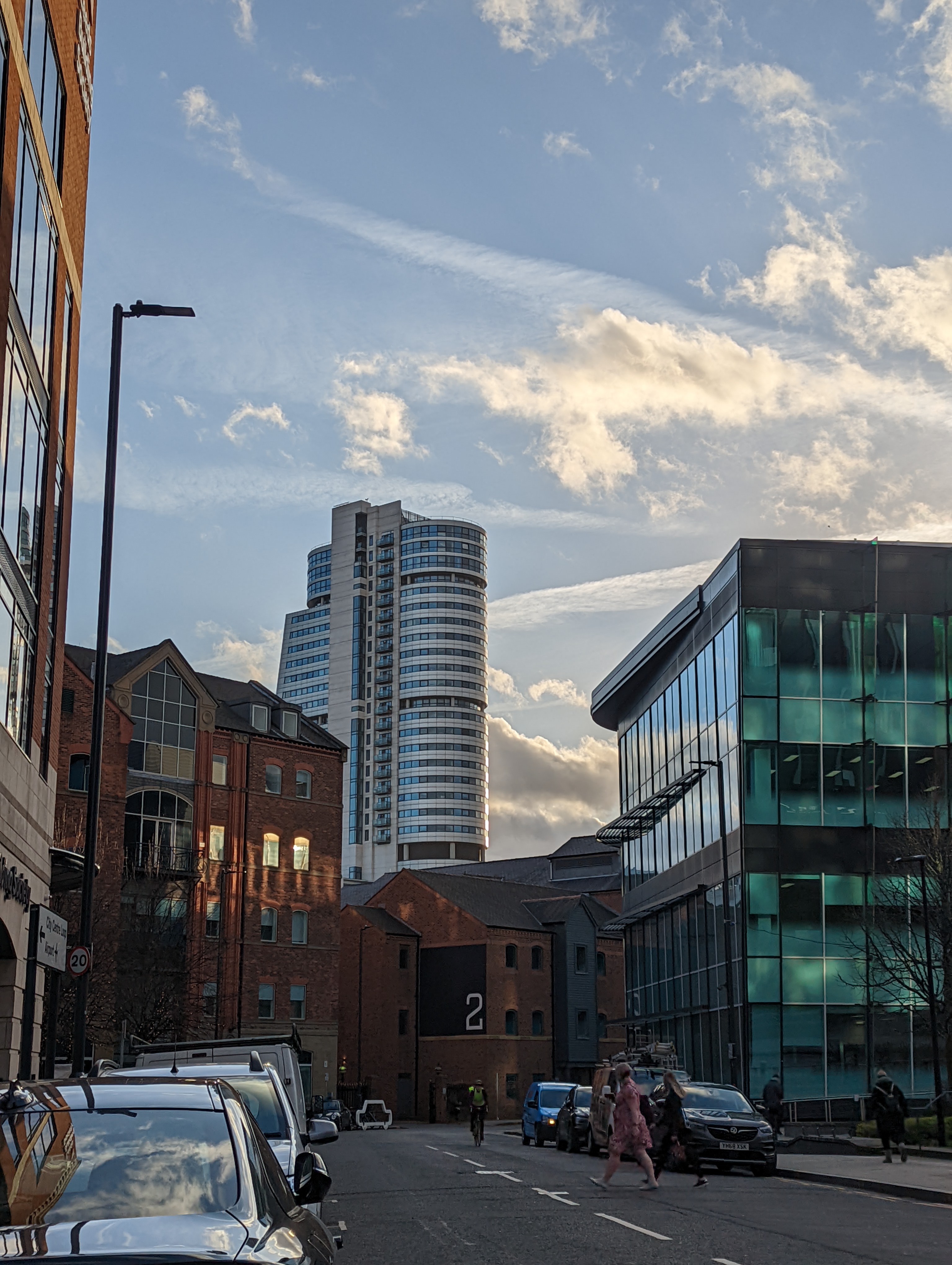

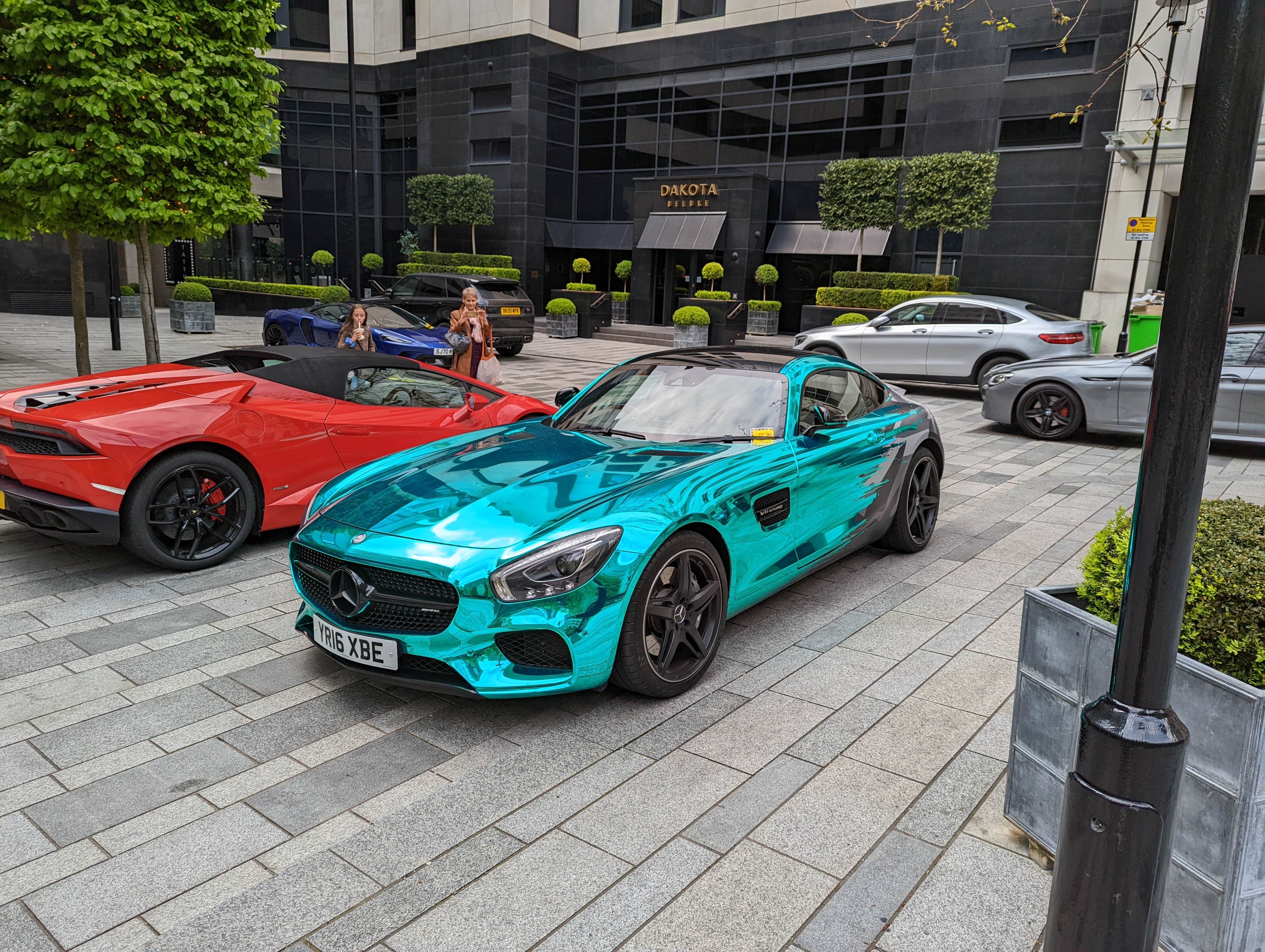

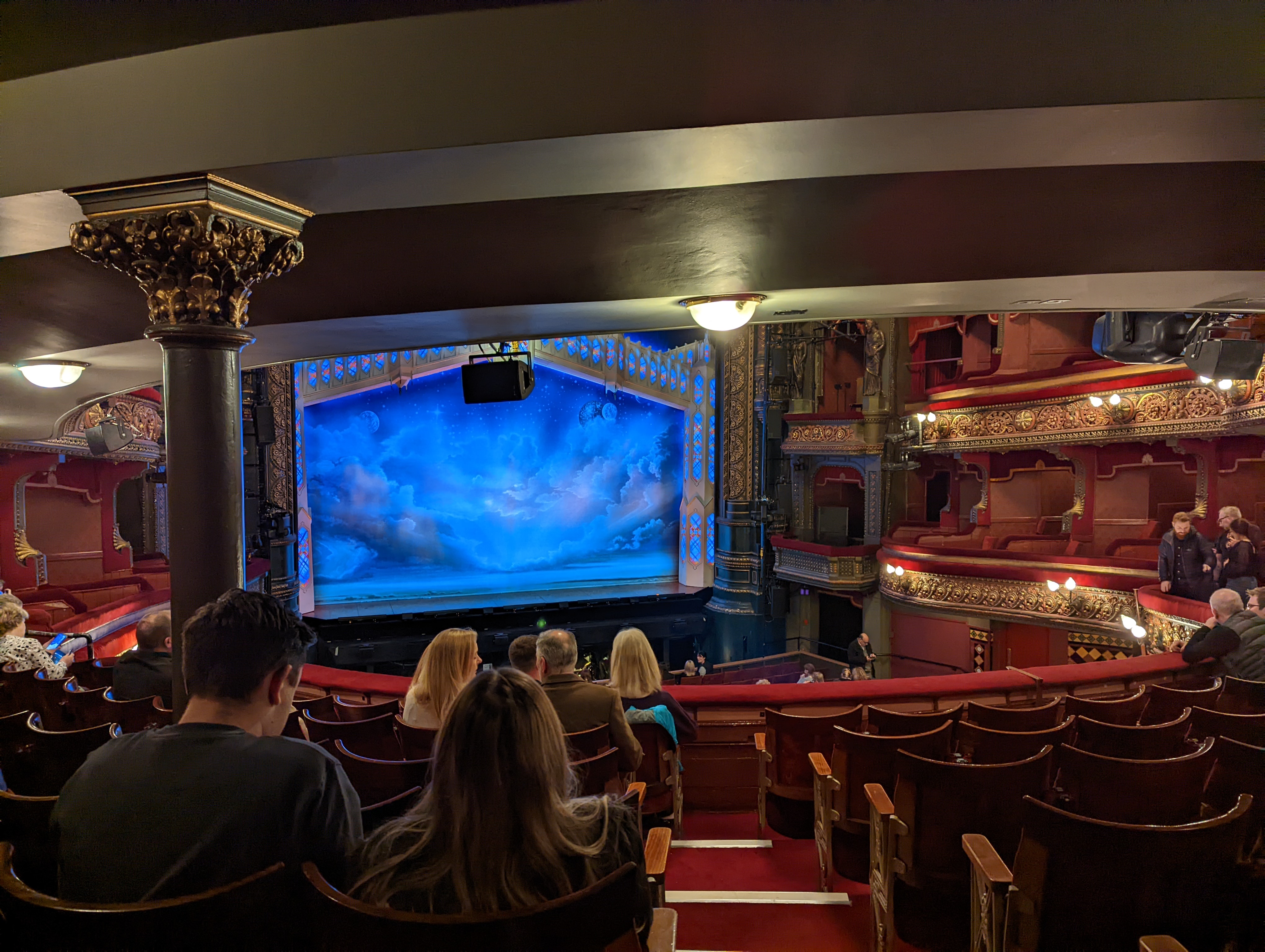
The larger sensor certainly helps light gathering in Night Sight mode and low-light photography is now even easier than before. I say “easier” as you don’t need to stand or hold quite as still to capture photos in this mode. Crack out a tripod or prop up against a static object and things go up a gear, but that is cumbersome and necessary when you can get such good low-light images from the main sensor.
Google has added a suite of new modes for Pixel 6 phones, but I’d be lying if I said I used them more than once in the time since my pre-order arrived in the latter portion of 2021. Of the new additions, only the Long Exposure mode has captured my attention for more than one usage and even then I personally just prefer to take “normal” photos with no added effects — unless I add them in post.
I do have some very minor gripes with the front-facing selfie camera as it the more I use it, it becomes immediately obvious that this is the weakest element of the camera setup here. At 8-megapixels it’s certainly not high-resolution, but it’s a little softer than some of the competition out there. While that sounds like a complaint, it’s merely an observation as I rarely take selfies.
Battery
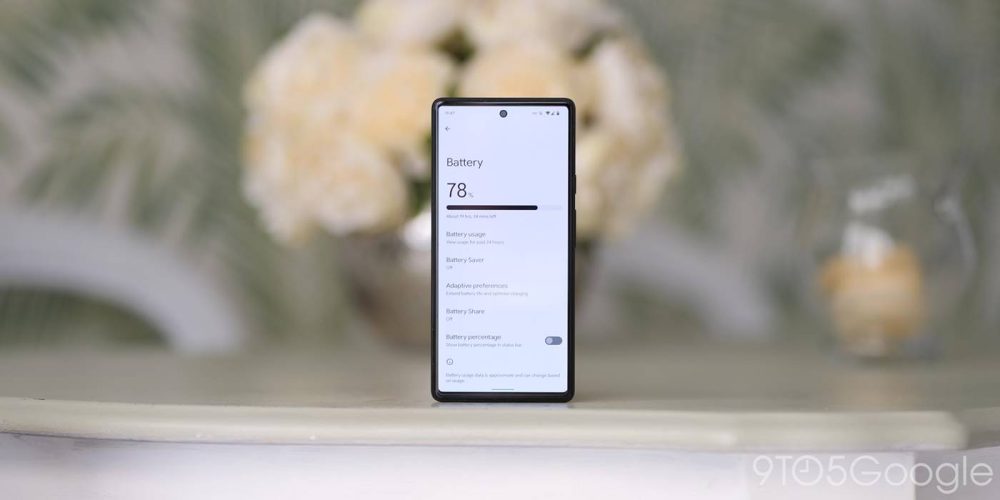
We’ve complained of battery longevity issues on Pixel phones over the past few years, but that seems to be a thing of the past. There is a sizable 4,614mAh battery tucked inside the Pixel 6, and it powers me through a day with plenty of headroom to spare.
My usage pattern is fairly lightweight most days as I’m almost always at my desk, which means I often charge once every couple of days during the week and head to bed with around 30-45% battery remaining. I’m always connected to a VPN service and predominantly use light mode during the day. Beyond that, I’m mainly browsing and using social media on my Pixel with some light photo taking from time to time. That’s my general use case for what it’s worth.
Even when moving through the gears and navigating using Google Maps for several hours or taking hundreds of photos on a brief trip, I am never worried about having to find my nearest power outlet to top up.
What is a minor gripe is the charge speeds you can attain with the Pixel 6. You’re limited if you don’t pick up the official Google 30W charger as there is no charger in the box now. What’s more annoying is that it’s not even a true 30W speed. You’ll get what amounts to 23W of power via the cable, which is just marginally faster than the 18W in-the-box charger found on the Pixel 5.
When you’re hitting the single-digit battery percent figures, it takes nearly two hours to fully charge the Pixel 6 internal cell. Because of this, I tend to charge little and often to stay above the 50% threshold as that seems to suit my usage patterns quite nicely.
Final thoughts
The Pixel 6 Pro is the best phone that Google has made for some time, but we’re not here to discuss that as it isn’t up for debate. When looking at the regular ol’ Pixel 6, it feels like the most sensible phone that Google has made since the Pixel 3a and Pixel 4a. It leverages all of the good areas of previous Pixels and then distils most of the Pixel 6 Pro’s best bits down into a marginally more manageable package.
At $599 it’s a steal. The early bugs appear to have been eradicated and even when running the recent Android 13 Beta, it’s a stellar experience each and every day. Many will be looking to the upcoming Pixel 6a and wondering if that is a better buy. Given the proposed specifications and likely hardware downgrades, the Pixel 6 might end up offering a better value proposition.
To boil down this Pixel 6 long-term review into simple terms, while not every aspect is endearing in the same way that older Pixels have, this is the best phone that Google has made to date. It defies its price point at times and often you forget that it is the base model in the Pixel 6 lineup. For $599 you get an entry into the flagship Pixel series, not unlike the way the A-series opened up the Pixel camera to the affordable space, but here there are fewer compromises and now, fewer bugs to boot.
FTC: We use income earning auto affiliate links. More.


Comments